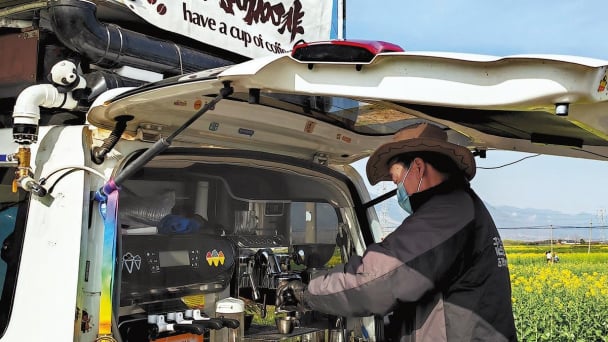May 22, 2025 | 14:06 GMT +7
May 22, 2025 | 14:06 GMT +7
Hotline: 0913.378.918
May 22, 2025 | 14:06 GMT +7
Hotline: 0913.378.918
While the stocks forecast was slightly bigger than what analysts were expecting, it showed that supplies will remain tight until U.S. farmers begin harvesting crops in the fall when a big-crop will be needed to satisfy robust domestic and export demand.
Chicago Board of Trade soybean and corn futures sank to session lows immediately following the report’s release. But all three commodities quickly returned to their pre-report levels, with the trade focused on forecasts for planting weather in the United States.
“In general this was a plain vanilla report that is eliciting a plain vanilla response,” said Charlie Sernatinger, global head of grain futures at ED&F Man Capital.
USDA forecast in its monthly World Agricultural Supply and Demand Estimates report that the U.S. corn stocks will stand at 1.502 billion bushels by Aug. 31 and soybean stocks at 120 million bushels.
Analysts had predicted the report would show corn ending stocks of 1.471 billion bushels and soybean ending stocks of 117 million bushels, based on the average of estimates given in a Reuters poll.
USDA also kept its outlook for U.S. wheat stocks unchanged at 836 million bushels, which would be the lowest since the 2014/15 marketing year. Analysts had expected a slight increase.
On the global front, USDA raised its outlook for the Brazilian soybean crop by 1 million to 134 million tonnes and left its outlook for the country’s corn harvest unchanged at 109 million tonnes.
Heavy rains in that key export country have slowed the soybean harvest, raising concerns about crop quality as well as delaying the planting of fields intended for corn.
USDA lowered its forecast for Argentina’s soybean production to 47.50 million tonnes from 48.00 million.
(Reuters)

(VAN) Attempts to bring down the price of the Japanese staple have had little effect amid a cost-of-living crisis.

(VAN) Fourth most important food crop in peril as Latin America and Caribbean suffer from slow-onset climate disaster.

(VAN) Shifting market dynamics and the noise around new legislation has propelled Trouw Nutrition’s research around early life nutrition in poultry. Today, it continues to be a key area of research.

(VAN) India is concerned about its food security and the livelihoods of its farmers if more US food imports are allowed.

(VAN) FAO's Director-General emphasises the need to work together to transform agrifood systems.

(VAN) Europe is facing its worst outbreak of foot-and-mouth since the start of the century.

(VAN) The central authorities, in early April, released a 10-year plan for rural vitalization.